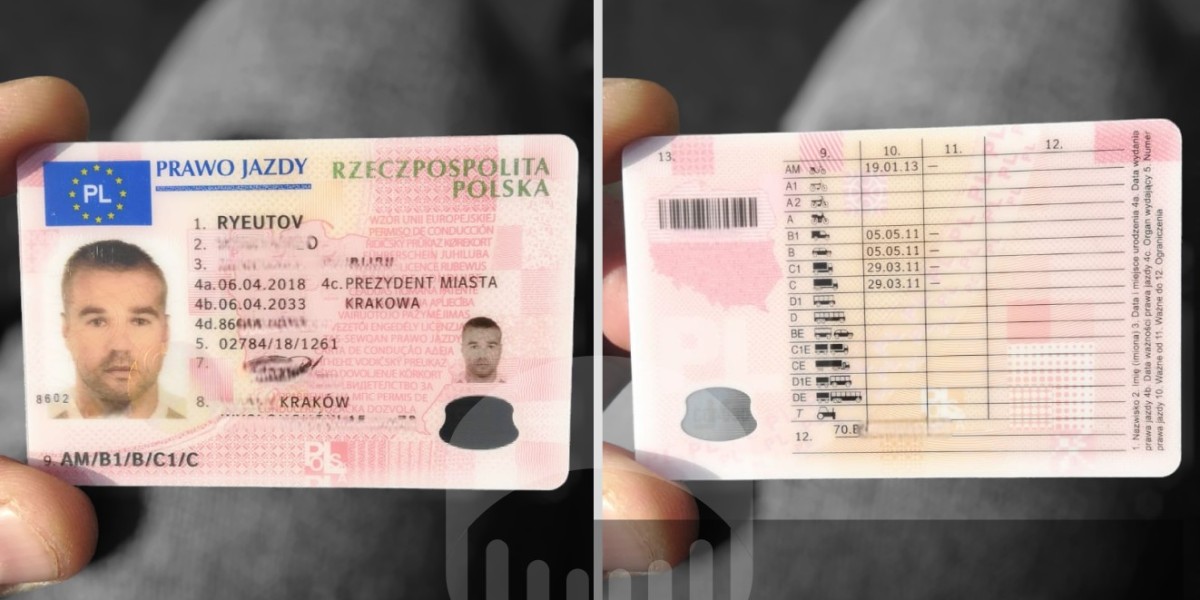A commercial driver's licence is a driving licence of category C. It allows drivers to drive straight trucks, buses, and combination vehicles. This license also allows drivers to operate passenger vans, small hazardous material (HAZMAT), and combination vehicles.
Class C license holders, like professionals who have earned Class CDLs can obtain endorsements to enhance their qualifications and expand their opportunities for employment. The most commonly used types of endorsements are:
Passenger vehicles
When you want to drive a passenger car or truck, or a rental vehicle like Uhaul, Uhaul you must have an official class C license. The driver's handbook for each state provides a detailed description of the vehicles that are eligible for. The CDL 1 (also known by the acronym CDL C + E) is the most comprehensive HGV permit you can get. This licence permits you to drive a vehicle with up to a maximum weight of 750kg. It is what the majority of taxi drivers or livery service drivers are granted.
In addition to being able to operate vehicles with trailers that weigh up to 775kg MAM, drivers who hold this licence can also operate small HGVs that carry dangerous materials (with the appropriate placard) and other combination vehicles that don't belong to the class of Class A or B. This includes straight trucks as well as dump trucks equipped with trailers. In the United States drivers with a class C licence must complete additional training in order to be certified to drive these vehicles.
This license is required by firefighters, emergency/rescue teams, or fire departments. However, it's not required in every jurisdiction. It is an ideal idea for young people to start their driving career with this license, because it gives them the chance to acquire valuable experience and enhance their skills prior to reaching the age where they are legally eligible for a full license.
Youth operators under 18 years old must complete 40 hours of practice and hold a learner's permit for six months prior to when they are eligible to apply for an intermediate license. They are not permitted to drive between the hours of 11 p.m. until 5 a.m. in the event that they have an important event to attend at school or at work. They also must limit the number of passengers to one non-family member less than the age of 19 and can only drive with a licensed driver who supervises them and is over 21 years old. These restrictions are in effect until the driver is 18 years old. Alternatively, they can choose to enroll in an advanced class and receive an E or endorsement for class H to get rid of the restrictions.
Hazardous materials
A Class C commercial driver's license permits drivers to operate single vehicles or combine vehicles that don't meet the requirements of Class A or Class B licenses. This license also allows drivers to operate passenger vehicles that carry 16 or more passengers, which includes the driver, as well as vehicles that transport cargo classified as hazardous materials (hazmat). Drivers must pass a knowledge test and undergo special training to earn an endorsement on their CDL.
 The endorsement H permits truckers to operate a vehicle that transports hazardous substances in placardable quantities. The endorsement is valid only when all the requirements are met, such as that the amount of hazardous material being transported is within the limits of DOT and the material has been properly labeled and classified and both the vehicle and the cargo are in compliance with safety standards. A hazmat employee is required to attend specific training to ensure that the proper precautions are taken while transporting these substances.
The endorsement H permits truckers to operate a vehicle that transports hazardous substances in placardable quantities. The endorsement is valid only when all the requirements are met, such as that the amount of hazardous material being transported is within the limits of DOT and the material has been properly labeled and classified and both the vehicle and the cargo are in compliance with safety standards. A hazmat employee is required to attend specific training to ensure that the proper precautions are taken while transporting these substances.There are other endorsements available that can be added to the CDL in addition to the H. The N endorsement permits drivers of tanker vehicles to transport volatile liquids and gases. The driver must pass a test to prove their understanding of specific areas to earn this endorsement. The T endorsement allows truckers to operate double and triple trailers, which require additional understanding and skills. The X endorsement requires truckers to pass another special knowledge test before operating tanker vehicles that transport explosive substances.
Every motor vehicle containing Division 1.1, 1.2, or 1.3 materials must be attended at all times by the driver or an agent of the motor carrier. This applies to both interstate and in-state transport, as well as the vehicles and shipments carrying hazardous materials.
Drivers who use their trucks for local delivery are not eligible for the endorsement for hazmat. To be eligible for this endorsement, drivers must have a minimum of two years of driving experience. They must also show good health, have a clean driving history, and pass a physical exam. They must also take a drug test and an identity check. Drivers who fail to comply with these requirements could be subject to fines and the loss of their CDL.
Combination vehicles
Different countries have different licensing schemes. These are based upon factors such as age, type of vehicle and other. Certain classifications are comparable while others are unique. Certain license classes are reserved for taxi drivers, while others are for those who operate passenger cars or transport hazardous materials. Drivers in need of a license should contact their local transportation department in order to complete the process of applying.
In the United States, anyone who is planning to operate a commercial motor vehicle must have an official class C license. A class C driver's license enables a driver to operate trailers and trucks that have a Gross Vehicle weight rating of less than 26001 pounds. The driver can also transport more than 16 passengers, which includes the driver. Based on the state, it could include hazmat endorsements or a school or student bus endorsement.
Straight dump trucks and trucks are among the most commonly used kinds of trailers and trucks that require the class C CDL. Additionally drivers, some also require this kind of license to operate small passenger vans as well as buses. Other vehicles that are able to be operated using the class C CDL include tank trucks, buses and triple or double trailers.
To get a class C license you must first pass the knowledge test as well as a vision screening. Then, you have to pass an examination for medical reasons with an accredited doctor. The doctor will determine whether you are fit enough to drive a CMV and will give you a medical certificate that must be submitted to the CDL office prior to being able to get your license.
You will also need to pass another test to be able to get an endorsement for a particular vehicle or cargo. An endorsement is an add-on to your existing CDL that grants you permission to operate a specific type of vehicle or cargo. There are many kinds of endorsements, but the most commonly used are P - Passenger, T - Triple/Double Trailer, N - Tank Vehicle, and H Hazardous Material.
Trailers
If you plan to drive in a larger vehicle you might require an additional license. It could be a commercial licence (CDL) or a non CDL class C. It is essential to understand the differences between these licences. You can then select the one that best suits your needs.
A non-CDL Class C license allows the driver to drive vehicles that aren't classified as commercial vehicles or whose gross combined mass rating is less than 26001 pounds. This could include single-axle or multi-axle trucks, tractors with trailers, as well as other large vehicles. In some states, this license also permits drivers to operate vehicles designed to hold 16 or more passengers.
If your trailer and vehicle are combined with a maximum weight of 750kg or more, you will need to get category Prawo jazdy c+e. This licence permits you to drive a D1 class vehicle together with a truck that has a maximum authorised weight of more than 750kg. It is not necessary to obtain category C prior to getting this license, but it is highly recommended.
A commercial driver's license or a CDL, can be very confusing. There are so many classes and a myriad of ways to categorize them, that it can be difficult to comprehend what they all mean. The experienced instructors at All-State Career can help you make sense of it all.
In addition to the categories listed above, there are other classifications used to differentiate between vehicles with varying size and power output. For example, some states have separate categories for mopeds. Other states have distinct categories for snowmobiles and ATVs.
It is essential to verify the manufacturer's gross combined weight rating label prior to operating a tractor or truck with a trailer. This number will let you know whether you require a Class A CDL to operate your vehicle and trailer. You might require a CDL class A if your vehicle's gross weight rating is greater than the trailer's GVWR.








